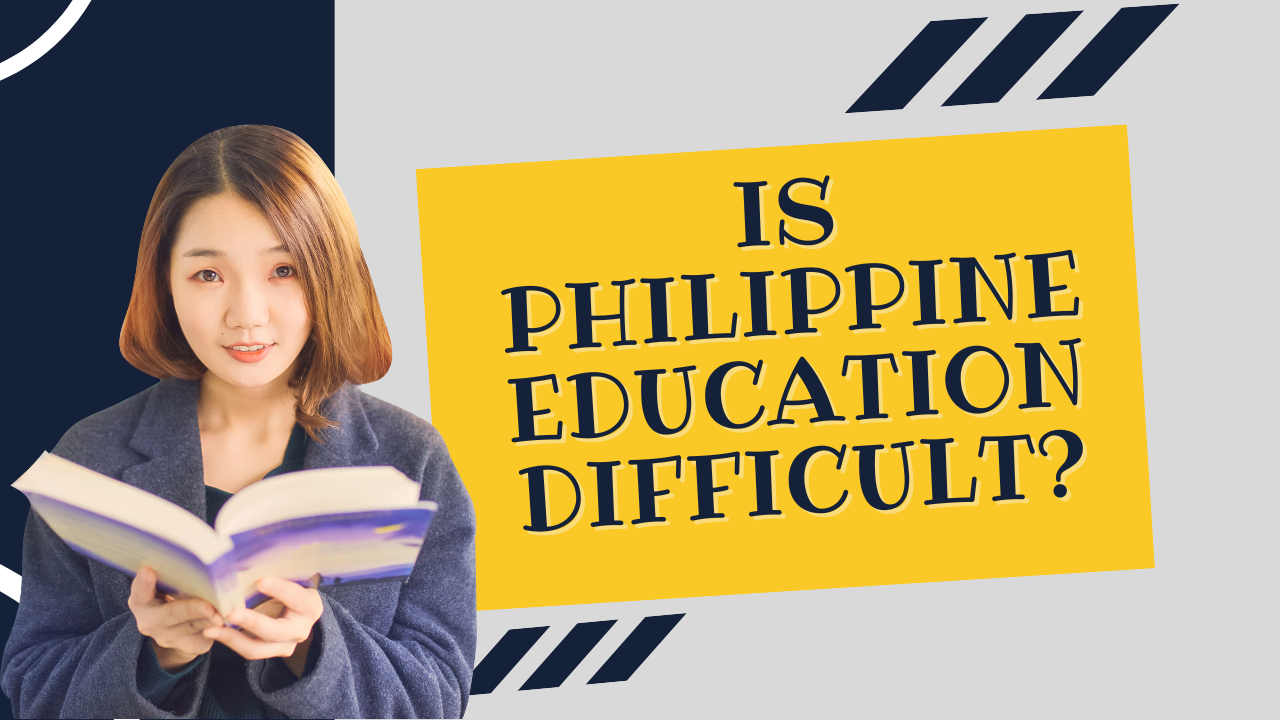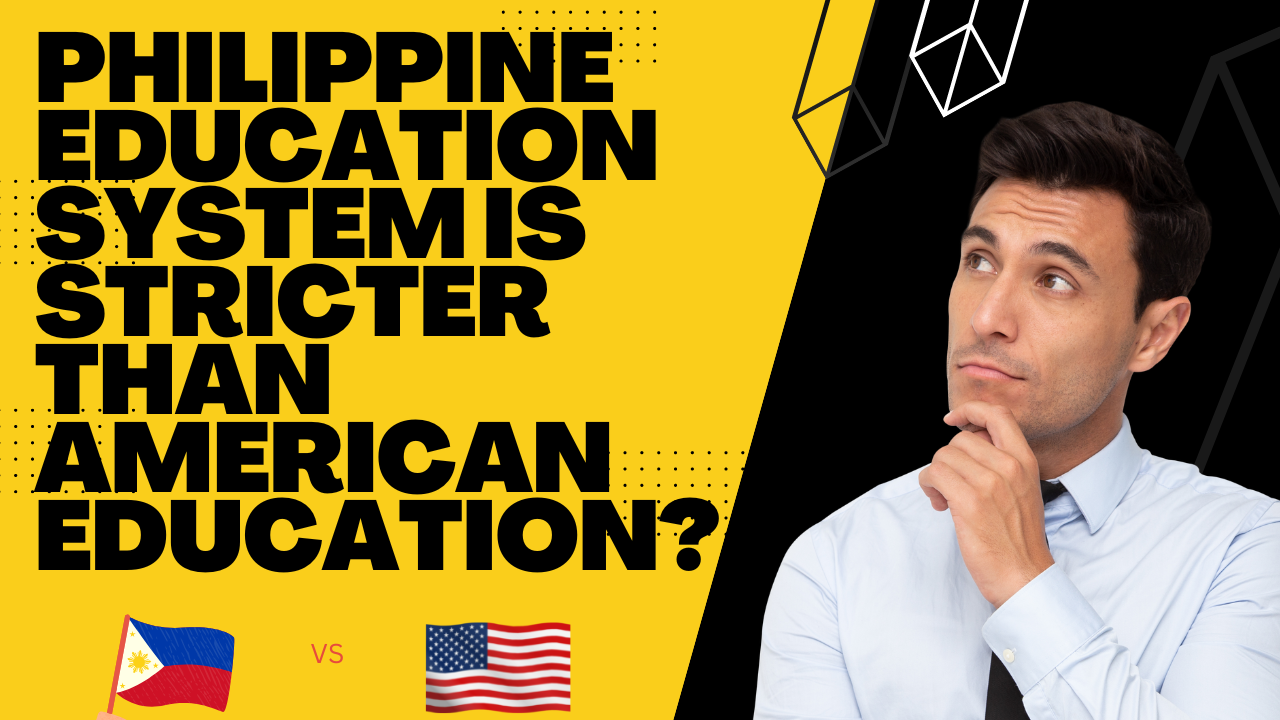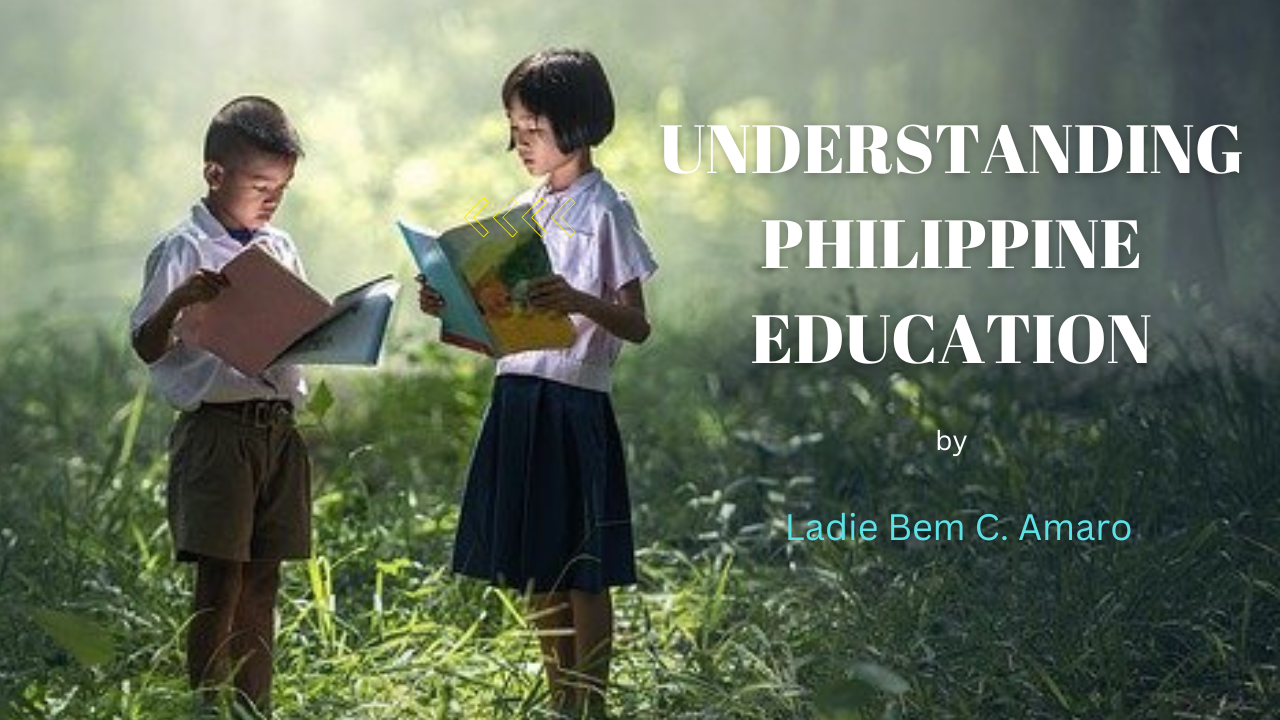Is Philippine Education Difficult?

Is Philippine Education Difficult?
Ms. Ladie Bem Clarin Amaro
The Philippines is a melting pot of different cultures, languages and religions. For this reason, the educational system has been designed to accommodate the needs of all students. It is one of the most diverse countries in the world. Since it is comprised of over 7,000 islands, there are over 100 different languages spoken across its territory. This means that Filipinos can never be completely sure what language they will hear when they go to school or work.
However, this does not mean that education in the Philippines is difficult. Though it may seem like a daunting task for students who have grown up with only English as their first language and Filipino as their second language, it is quite simple once you understand how everything works together.
There are three types of schools in the Philippines: public, private and public-private mix. Public schools are run by local governments or by the Department of Education (DepEd). Private schools are run either by religious organizations or non-government organizations (NGOs). The public-private mix is where both public and private schools coexist.
Students in the Philippines attend school from grade one to twelve, depending on their age group when they enroll. They can also opt to take up an alternative program such as vocational skills training or a technical course after completing primary school.
When you go to school in the Philippines, you will learn English as your primary language and Filipino as your secondary language. However, once you graduate from high school or college, then all communication between teachers and students takes place using only English (and sometimes Tagalog). This means that even though many people speak two languages fluently (English & Tagalog), it is still necessary for them to learn about writing in both languages because every teacher talks about things differently depending on which one they use most often.

